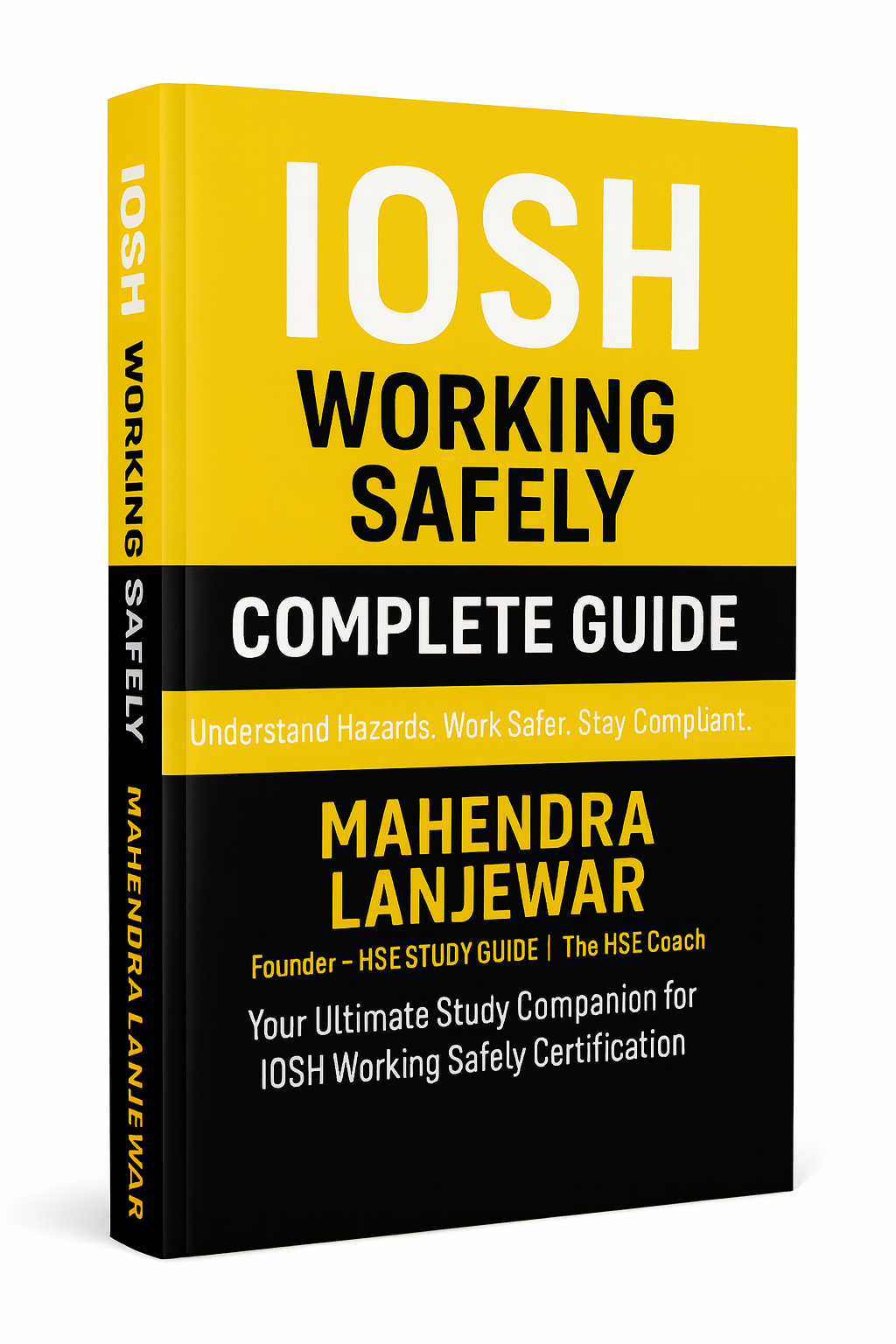
Introduction
If you are aspiring to become a safety officer or looking to progress in your safety officer career, you’ll likely face interviews where you need to showcase your skills, knowledge, and experience in ensuring workplace safety. This article will guide you through some of the most common safety officer interview questions and provide expert answers to help you excel in your next interview. So, let’s get started!
Safety Officer Interview Questions and Answers
1. What Do You Think Are the Key Responsibilities of a Safety Officer?
As a safety officer, your primary responsibility is to ensure the safety and well-being of all employees and visitors in the workplace. This includes implementing safety policies, conducting risk assessments, identifying potential hazards, and developing safety protocols. You’ll also be responsible for training employees on safety procedures and maintaining safety records.
2. How Do You Stay Updated on Safety Regulations and Best Practices?
Being up-to-date with safety regulations and best practices is crucial for a safety officer. To stay informed, I regularly participate in workshops, seminars, and safety conferences. Additionally, I follow reputable safety organizations and subscribe to industry publications and newsletters. Continuous learning and networking help me stay well-informed about the latest developments in safety standards.
3. Can You Describe a Challenging Safety Issue You Faced in the Past and How You Resolved It?
One of the most challenging safety issues I encountered involved ensuring compliance with confined space regulations. To address this, I conducted thorough training sessions for employees, equipped them with the necessary safety gear, and established an effective communication system. Regular inspections and periodic drills were also conducted to reinforce safe practices and address any emerging concerns.
4. How Do You Conduct a Job Hazard Analysis (JHA), and Why Is It Important?
When conducting a Job Hazard Analysis, I break down each task into individual steps and identify potential hazards associated with each step. I assess the risks, determine preventive measures, and prioritize safety controls. JHA is essential as it helps prevent workplace accidents, improves productivity, and fosters a safety-oriented culture among employees.
5. In the Event of an Accident, What Steps Do You Take to Investigate and Prevent Future Occurrences?
When an accident occurs, the first step is to ensure immediate medical attention for those involved. Once the situation is stabilized, I conduct a thorough investigation to determine the root cause of the incident. Based on the findings, I recommend necessary improvements to prevent similar accidents in the future.
6. How Do You Motivate Employees to Follow Safety Procedures?
Motivating employees to follow safety procedures requires effective communication and engagement. I encourage open discussions about safety concerns, listen to their feedback, and acknowledge their contributions to a safe work environment. Positive reinforcement, such as recognition and rewards for adhering to safety protocols, also plays a significant role in motivating employees.
7. How Would You Handle Resistance from Employees Regarding Safety Changes?
Dealing with resistance to safety changes requires patience and understanding. I would start by communicating the reasons behind the changes and addressing any misconceptions. It’s crucial to involve employees in the decision-making process and provide training and support to help them adapt to the new safety measures.
8. Can You Explain Your Experience with Emergency Response Planning?
I have extensive experience in emergency response planning, which includes conducting evacuation drills, designating assembly points, and assigning responsibilities during emergencies. I collaborate with relevant authorities and emergency services to ensure a coordinated response that prioritizes the safety of everyone involved.
9. How Do You Handle Conflicting Priorities When Safety Requirements Clash with Project Deadlines?
When faced with conflicting priorities, safety should always take precedence. I would communicate the potential risks to project stakeholders and work together to find feasible solutions that don’t compromise on safety standards. If necessary, I would escalate the issue to higher management to ensure that safety remains a top priority.
10. How Do You Promote Safety Awareness Among Employees?
Promoting safety awareness involves ongoing training, visual aids, and regular safety reminders. I organize safety workshops, toolbox talks, and safety campaigns to keep safety at the forefront of employees’ minds. Utilizing posters, safety signage, and safety videos also helps reinforce the importance of safety in the workplace.
Conclusion
Becoming a successful safety officer requires a strong dedication to workplace safety and the ability to handle diverse challenges. By preparing well for interviews and understanding the significance of safety in the workplace, you can demonstrate your expertise and stand out as an exceptional safety officer candidate.
FAQs
- Q: What qualifications are essential to become a safety officer? A: While specific qualifications may vary, a degree in occupational health and safety, engineering, or a related field is often preferred. Relevant certifications such as NEBOSH or OSHA can also enhance your credentials.
- Q: How do safety officers contribute to an organization’s success? A: Safety officers play a critical role in minimizing accidents, reducing workplace injuries, and enhancing employee productivity, leading to improved overall organizational performance.
- Q: What challenges do safety officers commonly face? A: Safety officers often face challenges related to employee compliance, budget constraints for safety programs, and balancing safety requirements with project deadlines.
- Q: How do safety officers handle safety training for non-English-speaking employees? A: Safety officers use visual aids, multilingual materials, and practical demonstrations to ensure effective safety training for non-English-speaking employees.
- Q: What are the key components of an effective safety culture? A: An effective safety culture involves strong leadership commitment, active employee participation, continuous training, open communication, and a proactive approach to safety.
























